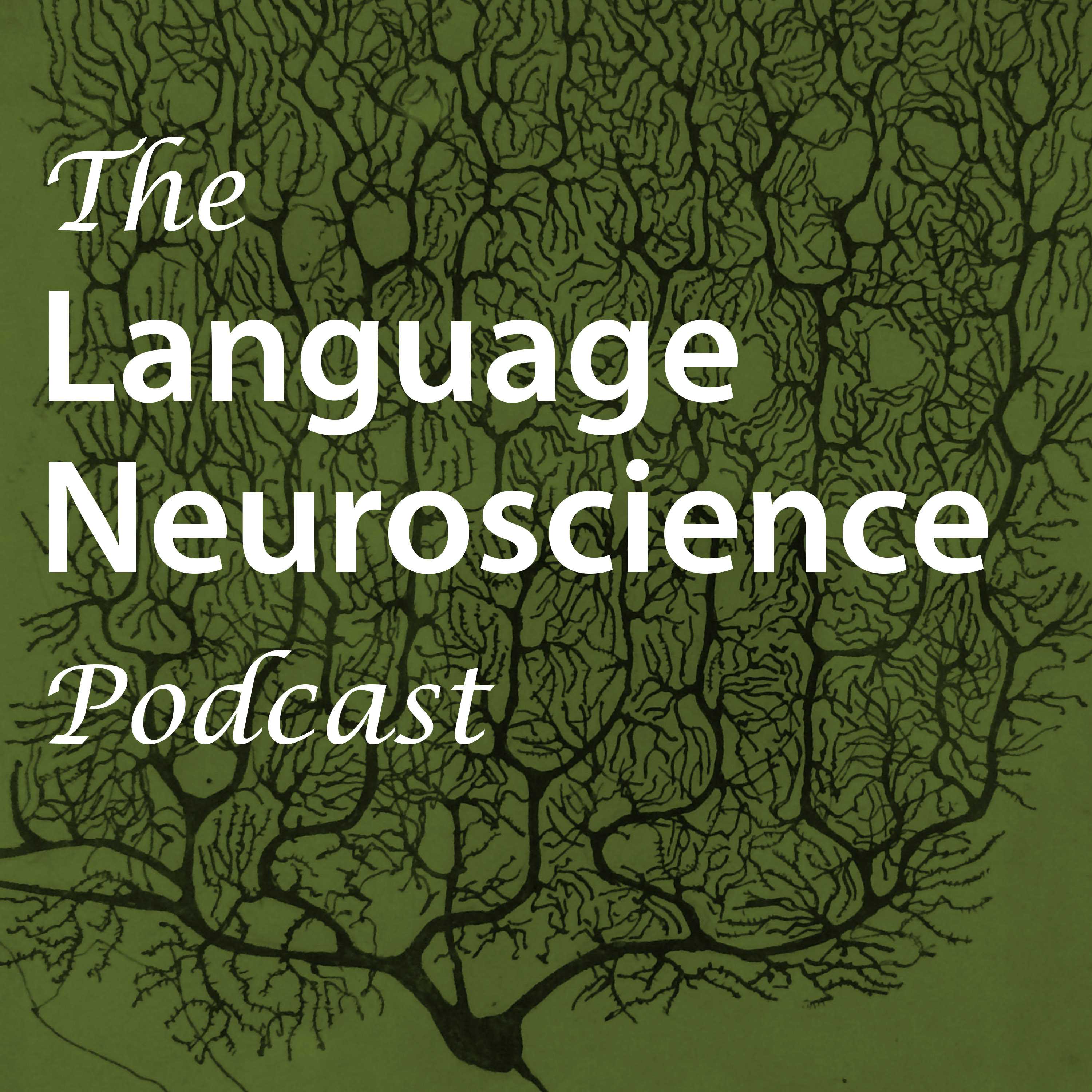
Host: Stephen M. Wilson
35 episodes
The Language Neuroscience Podcast is a podcast about the scientific study of language and the brain. Neuroscientist Stephen Wilson talks with leading and up-and-coming researchers about their work and ideas. This podcast is geared to an audience of scientists and future scientists who are interested in the neural substrates of language, from students, to postdocs, to faculty.
RSS Feed Listen on Apple Podcasts Listen on Google Podcasts Listen on Spotify

In this epidode, I talk with Greg Hickok, Distinguished Professor of Cognitive Sciences & Language Science at the University of California, Irvine, about his new book ‘Wired for words: the neural architecture of language’.
Hickok G. Wired for words: The neural architecture of language. 2025; MIT Press.
Key Hickok papers:
Hickok G, Poeppel D. The cortical organization of speech processing. Nat Rev Neurosci 2007; 8: 393-402. [doi]
Hickok G. Computational neuroanatomy of speech production. Nat Rev Neurosci 2012; 13: 135-45. [doi]
Hickok G, Houde J, Rong F. Sensorimotor integration in speech processing: Computational basis and neural organization. Neuron 2011; 69: 407-22. [doi]
Hickok G, Buchsbaum B, Humphries C, Muftuler T. Auditory-motor interaction revealed by fMRI: speech, music, and working memory in area Spt. J Cogn Neurosci 2003; 15: 673-82. [doi]
Matchin W, Hickok G. The cortical organization of syntax. Cereb Cortex 2020; 30: 1481-98. [doi]
Hickok G, Venezia J, Teghipco A. Beyond Broca: Neural architecture and evolution of a dual motor speech coordination system. Brain 2023; 146: 1775-90. [doi]
Rogalsky C, Basilakos A, Rorden C, Pillay S, LaCroix AN, Keator L, Mickelsen S, Anderson SW, Love T, Fridriksson J, Binder J, Hickok G. The neuroanatomy of speech processing: a large-scale lesion study. J Cogn Neurosci 2022; 34: 1355-75. [doi]
Rogalsky C, Pitz E, Hillis AE, Hickok G. Auditory word comprehension impairment in acute stroke: relative contribution of phonemic versus semantic factors. Brain Lang 2008; 107: 167-9. [doi]
Hickok G, Okada K, Barr W, Pa J, Rogalsky C, Donnelly K, Barde L, Grant A. Bilateral capacity for speech sound processing in auditory comprehension: evidence from Wada procedures. Brain Lang 2008; 107: 179-84. [doi]
Other papers mentioned:
Wilson SM, Entrup JL, Schneck SM, Onuscheck CF, Levy DF, Rahman M, Willey E, Casilio M, Yen M, Brito AC, Kam W, Davis LT, de Riesthal M, Kirshner HS. Recovery from aphasia in the first year after stroke. Brain 2023; 146: 1021-39. [doi]
Risse GL, Gates JR, Fangman MC. A reconsideration of bilateral language representation based on the intracarotid amobarbital procedure. Brain Cogn 1997; 33: 118-32. [doi]
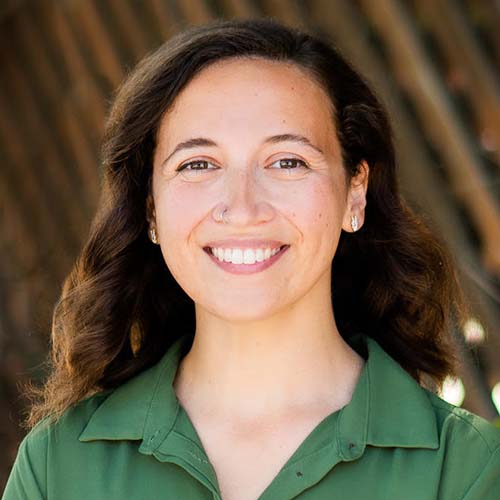
In this epidode, I talk with Deborah Levy, Lecturer at Princeton University, about her paper ‘Role for left dorsomedial prefrontal cortex in self-generated, but not externally cued, language production’, which just came out in Neurobiology of Language.
Levy D, Greicius Q, Wang C, Ko E, Xu D, Andrews J, Chang EF. Role for left dorsomedial prefrontal cortex in self-generated, but not externally cued, language production. Neurobiol Lang 2025; 6: nol_a_00166. [doi]

In this episode, I talk with Steve Politzer-Ahles and Bernard Jap about their paper ‘Can the mismatch negativity really be elicited by abstract linguistic contrasts?’, which was recently published as a Registered Report in Neurobiology of Language.
Politzer-Ahles S, Jap BAJ. Can the mismatch negativity really be elicited by abstract linguistic contrasts? Neurobiol Lang 2024; 5: 818–843. [doi]
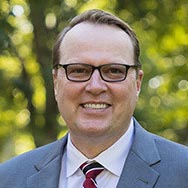
In the episode, I talk with Julius Fridriksson, Professor of Communication Sciences and Vice President for Research at the University of South Carolina, about what's going on with the NIH since the recent change of administration.
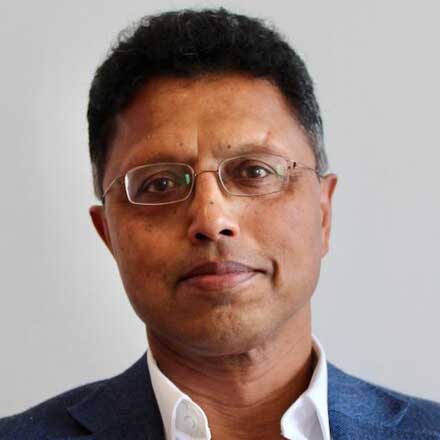
In this episode, I talk with Masud Husain, Professor of Neurology and Cognitive Neuroscience at the University of Oxford, about his recent editorial ‘A mountain of small things’.
Husain M. A mountain of small things. Brain 2024; 147: 739. [doi]
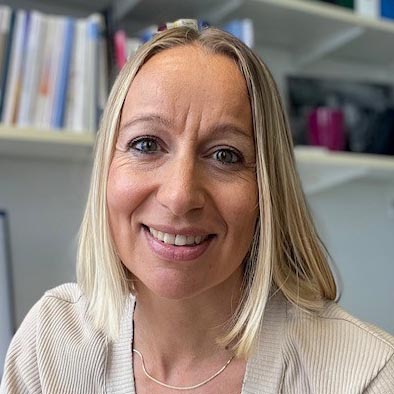
In this episode, I talk with Maaike Vandermosten, Associate Professor in the Department of Neurosciences at KU Leuven, about the neural basis of developmental dyslexia, and neuroplasticity in recovery from aphasia.
Vanderauwera J, Wouters J, Vandermosten M, Ghesquière P. Early dynamics of white matter deficits in children developing dyslexia. Dev Cogn Neurosci 2017; 27: 69-77. [doi]
Beelen C, Vanderauwera J, Wouters J, Vandermosten M, Ghesquière P. Atypical gray matter in children with dyslexia before the onset of reading instruction. Cortex 2019; 121: 399–413. [doi]
Phan TV, Sima D, Smeets D, Ghesquière P, Wouters J, Vandermosten M. Structural brain dynamics across reading development: A longitudinal MRI study from kindergarten to grade 5. Hum Brain Mapp 2021; 42: 4497-509. [doi]
Clercq PD, Gonsalves AR, Gerrits R, Vandermosten M. Individualized functional localization of the language and multiple demand network in chronic post-stroke aphasia. bioRxiv 2024; 2024.01.12.575350. [doi]

In this episode, I talk with Dorothy Bishop, Emeritus Professor of Developmental Neuropsychology at the University of Oxford, about her work on developmental langauge disorder and its neural basis.
Bishop DVM. Comprehension in developmental language disorders. Dev Med Child Neurol 1979;21:225-38. [doi]
Bishop DVM, Snowling MJ, Thompson PA, Greenhalgh T, CATALISE consortium. CATALISE: A multinational and multidisciplinary Delphi consensus study: Identifying language impairments in children. PLoS One 2016;11:e0158753. [doi]
Bishop DVM, Snowling MJ, Thompson PA, Greenhalgh T, CATALISE‐2 consortium. Phase 2 of CATALISE: a multinational and multidisciplinary Delphi consensus study of problems with language development: Terminology. J Child Psychol Psychiatry 2017;58:1068-80. [doi]
Wilson AC, Bishop DVM. Resounding failure to replicate links between developmental language disorder and cerebral lateralisation. PeerJ 2018;6:e4217. [doi]
Bishop D. Rein in the four horsemen of irreproducibility. Nature 2019;568:435. [doi]
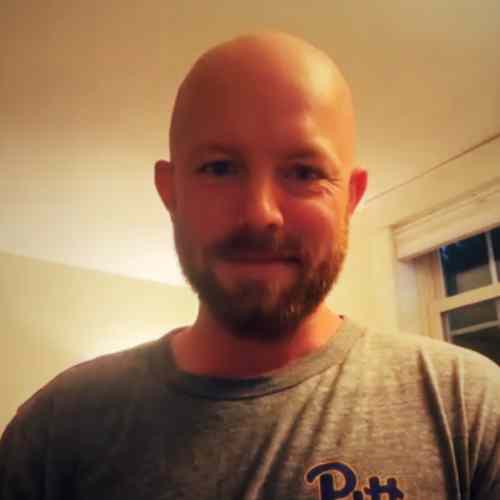
In this episode, I talk with Rob Cavanaugh, Research Data Analyst at the Observational Health Data Sciences and Informatics Center at Northeastern University, about his dissertation ‘Determinants of multilevel discourse outcomes in anomia treatment for aphasia’.
Cavanaugh, R. Determinants of multilevel discourse outcomes in anomia treatment for aphasia. Doctoral dissertation, University of Pittsburgh. [dissertation]

In the episode, I talk with Jean-Rémi King, Research scientist and team leader at Meta AI, and Associate Researcher at CNRS, École Normale Supérieure, about three recent papers from his lab on deep learning algorithms, natural language processing, and the brain.
Millet J, Caucheteux C, Orhan P, Boubenec Y, Gramfort A, Dunbar E, Pallier C, King J-R. Toward a realistic model of speech processing in the brain with self-supervised learning. In Advances in Neural Information Processing Systems (NeurIPS) 2022. [doi]
Caucheteux C, King JR. Brains and algorithms partially converge in natural language processing. Commun Biol. 2022;5:134. [doi]
Caucheteux C, Gramfort A, King JR. Evidence of a predictive coding hierarchy in the human brain listening to speech. Nat Hum Behav. 2023;7:430-41. [doi]

In this episode, I talk with Laura Gwilliams, soon-to-be Assistant Professor of Psychology, Neuroscience, and Data Science at Stanford University, about her recent paper ‘Neural dynamics of phoneme sequences reveal position-invariant code for content and order’.
Gwilliams L, King JR, Marantz A, Poeppel D. Neural dynamics of phoneme sequences reveal position-invariant code for content and order. Nat Commun 2022; 13: 6606. [doi]

In this episode, I talk with Alexander Huth, Assistant Professor of Neuroscience and Computer Science at the University of Texas, Austin, about his work using functional imaging and advanced computational methods to model how the brain processes language and represents meaning.
Huth AG, Nishimoto S, Vu AT, Gallant JL. A continuous semantic space describes the representation of thousands of object and action categories across the human brain. Neuron 2012; 76: 1210-24. [doi]
Huth AG, de Heer WA, Griffiths TL, Theunissen FE, Gallant JL. Natural speech reveals the semantic maps that tile human cerebral cortex. Nature 2016; 532: 453-8. [doi]
Jain S, Huth AG. Incorporating context into language encoding models for fMRI. Proceedings of the 32nd International Conference on Neural Information Processing Systems 2018, pp. 6629-38. [doi]
Tang J, LeBel A, Jain S, Huth AG. Semantic reconstruction of continuous language from non-invasive brain recordings. Nat Neurosci in press. [doi]

In this episode, I talk with Liina Pylkkänen, Professor of Linguistics and Psychology at NYU, about her research program, and in particular her recent paper ‘Disentangling semantic composition and semantic association in the left temporal lobe’.
Li J, Pylkkänen L. Disentangling semantic composition and semantic association in the left temporal lobe. J Neurosci 2021; 41: 6526-38. [doi]

In this episode, I talk with Eddie Chang, Professor of Neurological Surgery at the University of California, San Francisco, about his recent paper ‘Speech computations of the human superior temporal gyrus’.
Bhaya-Grossman I, Chang EF. Speech computations of the human superior temporal gyrus. Annu Rev Psychol 2022; 73: 79-102. [doi | pdf]
Chang EF, Rieger JW, Johnson K, Berger MS, Barbaro NM, Knight RT. Categorical speech representation in human superior temporal gyrus. Nat Neurosci 2010; 13: 1428-33. [doi]
Sjerps MJ, Fox NP, Johnson K, Chang EF. Speaker-normalized sound representations in the human auditory cortex. Nat Commun 2019; 10: 2465. [doi]
Leonard MK, Baud MO, Sjerps MJ, Chang EF. Perceptual restoration of masked speech in human cortex. Nat Commun 2016; 7: 13619. [doi]
Hamilton LS, Edwards E, Chang EF. A spatial map of onset and sustained responses to speech in the human superior temporal gyrus. Curr Biol 2018; 28: 1860-71. [doi]
Oganian Y, Chang EF. A speech envelope landmark for syllable encoding in human superior temporal gyrus. Sci Adv 2019; 5: eaay6279. [doi]
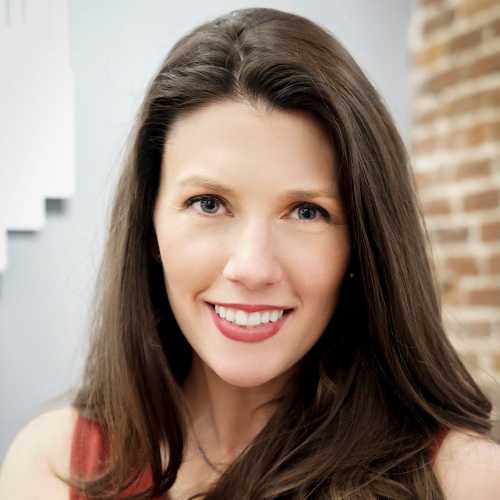
In this episode, I talk with Olivia Leow, who experienced an awake craniotomy for resection of a brain tumor surrounded by language areas in her left posterior temporal lobe.
Vanderbilt Brain Cancer Patient Assistance Fund, established by Olivia Leow
Diachek E, Morgan VL, Wilson SM. Adaptive language mapping paradigms for presurgical language mapping. AJNR Am J Neuroradiol 2022; in press. [pdf]
Wilson SM, Yen M, Eriksson DK. An adaptive semantic matching paradigm for reliable and valid language mapping in individuals with aphasia. Hum Brain Mapp 2018; 39: 3285-307. [doi]
Yen M, DeMarco AT, Wilson SM. Adaptive paradigms for mapping phonological regions in individual participants. NeuroImage 2019; 189: 368-79. [doi]
Wilson SM, Lam D, Babiak M, Perry D, Shih T, Hess CP, Berger MS, Chang EF. Transient aphasias after left hemisphere resective surgery. J Neurosurg 2015; 123: 581-93. [doi]
McCarron A, Chavez A, Babiak MC, Berger MS, Chang EF, Wilson SM. Connected speech in transient aphasias after left hemisphere resective surgery. Aphasiology 2017; 31: 1266-81. [doi]
Penfield W, Roberts L. Speech and Brain-Mechanisms. Princeton University Press; 1959. [book]
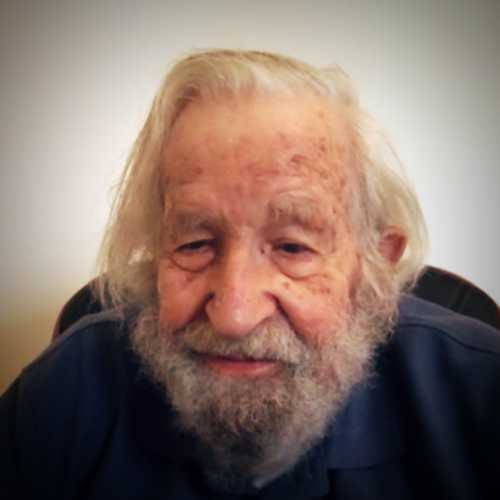
In this episode, I talk with Noam Chomsky, Institute Professor and Emeritus Professor of Linguistics at MIT and Laureate Professor of Linguistics at the University of Arizona. After starting with a discussion of the early development of Chomsky’s key ideas, our conversation is centered on the relationship between generative linguistics and the neuroscience of language.
Grodzinsky Y, Finkel L. The neurology of empty categories: Aphasics’ failure to detect ungrammaticality. J Cogn Neurosci 1998; 10: 281-92. [doi]
Chomsky N. Linguistics and brain science. In: Marantz A, Miyashita Y, O’Neil W, editors. Image, language, brain: Papers from the first mind articulation project symposium. MIT Press; 2000. p. 13-28. [pdf]
Musso M, Moro A, Glauche V, Rijntjes M, Reichenbach J, Büchel C, Weiller C. Broca’s area and the language instinct. Nat Neurosci 2003; 6: 774-81. [doi]
Chomsky N. Language and mind. Cambridge University Press; 2006. [doi]
Friederici AD, Chomsky N, Berwick RC, Moro A, Bolhuis JJ. Language, mind and brain. Nat Hum Behav 2017; 1: 713-22. [doi]
Chomsky N. Linguistics then and now: Some personal reflections. Annu Rev Linguist 2021; 7: 1-11. [doi]

In this episode, I talk with Fred Dick, Professor of Auditory Cognitive Neuroscience in the Department of Psychological Sciences at Birkbeck, University of London, about his work, with a focus on his recent paper ‘Extensive tonotopic mapping across auditory cortex is recapitulated by spectrally directed attention and systematically related to cortical myeloarchitecture’.
Dick F, Bates E, Wulfeck B, Utman JA, Dronkers N, Gernsbacher MA. Language deficits, localization, and grammar: evidence for a distributive model of language breakdown in aphasic patients and neurologically intact individuals. Psychol Rev 2001; 108: 759-88. [doi]
Dick F, Tierney AT, Lutti A, Josephs O, Sereno MI, Weiskopf N. In vivo functional and myeloarchitectonic mapping of human primary auditory areas. J Neurosci 2012; 32: 16095-105. [doi]
Lutti A, Dick F, Sereno MI, Weiskopf N. Using high-resolution quantitative mapping of R1 as an index of cortical myelination. NeuroImage 2014; 93: 176-88. [doi]
Dick FK, Lehet MI, Callaghan MF, Keller TA, Sereno MI, Holt LL. Extensive tonotopic mapping across auditory cortex is recapitulated by spectrally directed attention and systematically related to cortical myeloarchitecture. J Neurosci 2017; 37: 12187-201. [doi]

In this episode, I talk with Keith Josephs, Professor of Neurology at the Mayo Clinic in Rochester, Minnesota, about his work on the anatomy and neuropathology of progressive speech and language disorders.
Josephs KA, Duffy JR, Strand EA, Whitwell JL, Layton KF, Parisi JE, et al. Clinicopathological and imaging correlates of progressive aphasia and apraxia of speech. Brain 2006; 129: 1385-98. [doi]
Josephs KA, Hodges JR, Snowden JS, Mackenzie IR, Neumann M, Mann DM, et al. Neuropathological background of phenotypical variability in frontotemporal dementia. Acta Neuropathol 2011; 122: 137-53. [doi]
Josephs KA, Duffy JR, Strand EA, Machulda MM, Senjem ML, Master AV, et al. Characterizing a neurodegenerative syndrome: primary progressive apraxia of speech. Brain 2012; 135: 1522-36. [doi]
Josephs KA, Duffy JR, Strand EA, Machulda MM, Senjem ML, Lowe VJ, et al. Syndromes dominated by apraxia of speech show distinct characteristics from agrammatic PPA. Neurology 2013; 81: 337-45. [doi]
Graff-Radford J, Jones DT, Strand EA, Rabinstein AA, Duffy JR, Josephs KA. The neuroanatomy of pure apraxia of speech in stroke. Brain Lang 2014; 129: 43-6. [doi]
Josephs KA, Duffy JR, Clark HM, Utianski RL, Strand EA, Machulda MM, et al. A molecular pathology, neurobiology, biochemical, genetic and neuroimaging study of progressive apraxia of speech. Nat Commun 2021; 12: 3452. [doi]
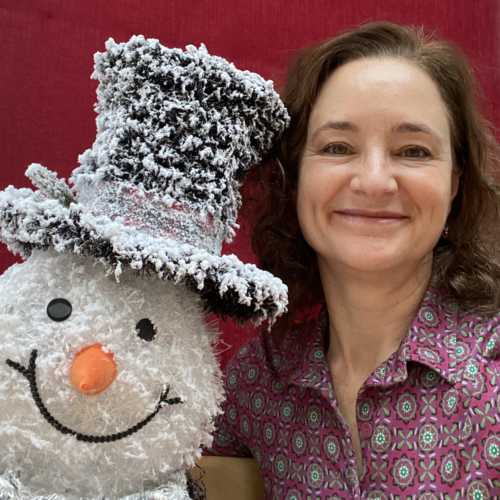
In this episode, I talk with Cathy Price, Professor of Cognitive Neuroscience and Director of the Wellcome Trust Centre for Neuroimaging at University College London, about her pioneering work on functional neuroimaging of the language network, whether there are really such things as “language regions”, degeneracy, predicting and explaining language outcomes after stroke, and more.
Price C, Wise R, Ramsay S, Friston K, Howard D, Patterson K, Frackowiak R. Regional response differences within the human auditory cortex when listening to words. Neurosci Lett 1992; 146: 179-82. [doi]
Price CJ, Wise RJS, Warburton EA, Moore CJ, Howard D, Patterson K, Frackowiak R, Friston K. Hearing and saying. Brain 1996; 119: 919-31. [doi]
Price CJ, Friston KJ. Degeneracy and cognitive anatomy. Trends Cogn Sci 2002; 6: 416-21. [doi]
Crinion J, Price CJ. Right anterior superior temporal activation predicts auditory sentence comprehension following aphasic stroke. Brain 2005; 128: 2858-71. [doi]
Price CJ, Seghier ML, Leff AP. Predicting language outcome and recovery after stroke: the PLORAS system. Nat Rev Neurol 2010; 6: 202-10. [doi]
Price CJ. A review and synthesis of the first 20 years of PET and fMRI studies of heard speech, spoken language and reading. NeuroImage 2012; 62: 816-47. [doi]
Hope TMH, Seghier ML, Leff AP, Price CJ. Predicting outcome and recovery after stroke with lesions extracted from MRI images. NeuroImage Clin 2013; 2: 424-33. [doi]
Seghier ML, Price CJ. Interpreting and utilising intersubject variability in brain function. Trends Cogn Sci 2018; 22: 517-30. [doi]
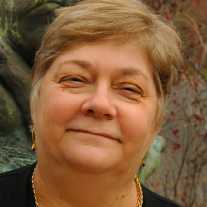
In this episode, I talk with Elissa Newport, Professor of Neurology and Rehabilitation Medicine at Georgetown University Medical Center, about her work on the neural and cognitive underpinnings of language development, including statistical learning, language after perinatal stroke, lateralization, plasticity, the critical period, and more.
Saffran JR, Aslin RN, Newport EL. Statistical learning by 8-month-old infants. Science 1996; 274: 1926-8. [doi]
Newport EL, Landau B, Seydell-Greenwald A, Turkeltaub PE, Chambers CE, Dromerick AW, Carpenter J, Berl MM, Gaillard WD. Revisiting Lenneberg’s hypotheses about early developmental plasticity: Language organization after left-hemisphere perinatal stroke. Biolinguistics 2017; 11: 407-22. [doi]
Olulade OA, Seydell-Greenwald A, Chambers CE, Turkeltaub PE, Dromerick AW, Berl MM, Gaillard WD, Newport EL. The neural basis of language development: Changes in lateralization over age. Proc Natl Acad Sci USA 2020; 117: 23477-83. [doi]

In this episode, I talk with Cory Shain, postdoctoral researcher in the Department of Brain and Cognitive Sciences at MIT, about his recent fMRI study of working memory demand in naturalistic language comprehension.
Shain C, Blank IA, Fedorenko E, Gibson E, Schuler W. Robust effects of working memory demand during naturalistic language comprehension in language-selective cortex. bioRxiv 2021; 2021.09.18.460917. [doi]
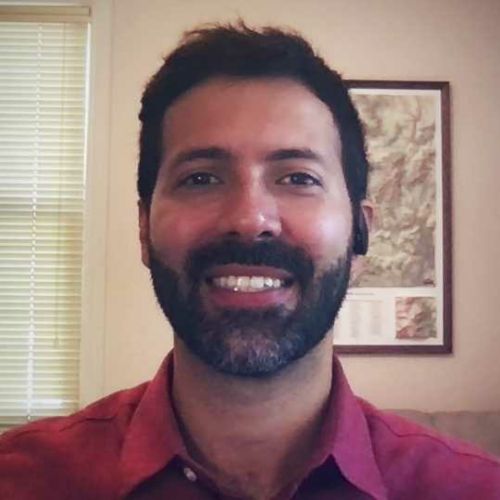
In this episode, I talk with Rodrigo Braga, Assistant Professor of Neurology at Northwestern University, about his recent paper on identifying the language network from functional connectivity analyses of resting state data.
Braga RM, DiNicola LM, Becker HC, Buckner RL. Situating the left-lateralized language network in the broader organization of multiple specialized large-scale distributed networks. J Neurophysiol 2020; 124: 1415-48. [doi]
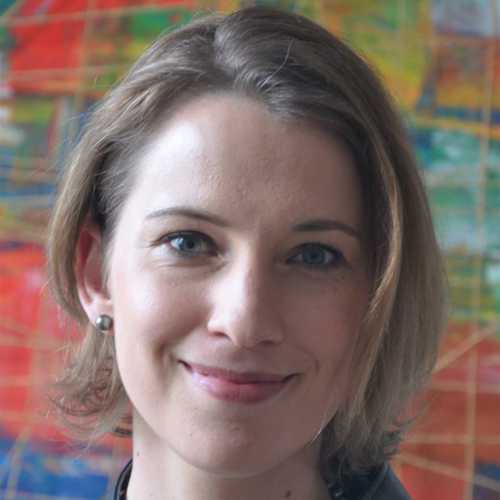
In this episode, I talk with Ina Bornkessel-Schlesewsky, Professor of Cognitive Neuroscience at the University of South Australia, about neurotypology, predictive coding, and dorsal and ventral streams.
Bornkessel-Schlesewsky lab website
Bornkessel I, Zysset S, Friederici AD, Von Cramon DY, Schlesewsky M. Who did what to whom? The neural basis of argument hierarchies during language comprehension. NeuroImage 2005; 26: 221-33. [doi]
Bornkessel-Schlesewsky I, Schlesewsky M. Reconciling time, space and function: a new dorsal-ventral stream model of sentence comprehension. Brain Lang 2013; 125: 60-76. [doi]
Bornkessel-Schlesewsky I, Schlesewsky M, Small SL, Rauschecker JP. Neurobiological roots of language in primate audition: common computational properties. Trends Cogn Sci 2015; 19: 142-50. [doi]
Bornkessel-Schlesewsky I, Schlesewsky M. Toward a neurobiologically plausible model of language-related, negative event-related potentials. Front Psychol 2019; 10: 298. [doi]
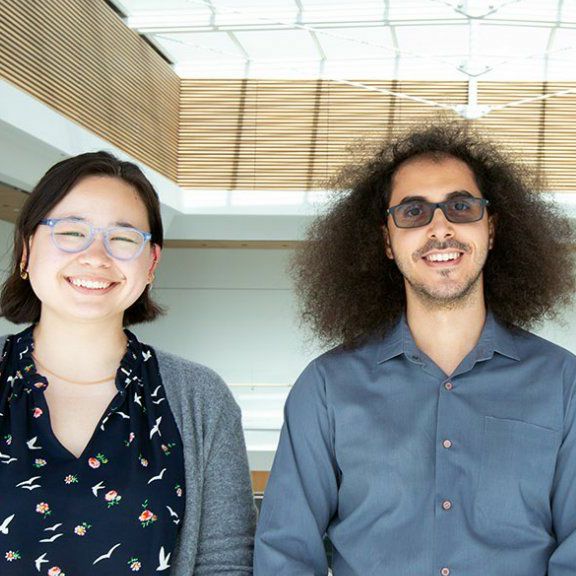
In this episode, I talk with David Moses and Jessie Liu about their recent NEJM paper ‘Neuroprosthesis for decoding speech in a paralyzed person with anarthria’, in which they decoded intended utterances from the brain of an individual with anarthria using an electrode array implanted of sensorimotor cortex and machine learning.
Moses DA, Metzger SL, Liu JR, et al. Neuroprosthesis for decoding speech in a paralyzed person with anarthria. N Eng J Med 2021; 385: 217-27. [doi]
Related papers:
Bouchard KE, Mesgarani N, Johnson K, Chang EF. Functional organization of human sensorimotor cortex for speech articulation. Nature 2013; 495: 327-32. [doi]
Chartier J, Anumanchipalli GK, Johnson K, Chang EF. Encoding of articulatory kinematic trajectories in human speech sensorimotor cortex. Neuron 2018; 98: 1042-54. [doi]
Anumanchipalli GK, Chartier J, Chang EF. Speech synthesis from neural decoding of spoken sentences. Nature 2019; 568: 493-8. [doi]
Moses DA, Leonard MK, Makin JG, Chang EF. Real-time decoding of question-and-answer speech dialogue using human cortical activity. Nat Commun 2019; 10: 3096. [doi]
Makin JG, Moses DA, Chang EF. Machine translation of cortical activity to text with an encoder–decoder framework. Nat Neurosci 2020; 23: 575-82. [doi]

In this episode, I talk with Roy Hamilton, Associate Professor of Neurology at the University of Pennsylvania, about his work using transcranial magnetic stimulation (TMS) and transcranial direct current stimulation (TDCS), and in particular the application of these neuromodulatory techniques to enhance recovery from aphasia.
Laboratory for Cognition and Neural Stimulation
Penn Brain Science, Translation, Innovation, and Modulation Center
Hamilton RH, Pascual-Leone A. Cortical plasticity associated with Braille learning. Trends Cogn Sci 1998; 2: 168-74. [doi]
Naeser MA, Martin PI, Treglia E, Ho M, Kaplan E, Bashir S, Hamilton R, Coslett HB, Pascual-Leone A. Research with rTMS in the treatment of aphasia. Restor Neurol Neurosci 2010; 28: 511-29. [doi]
Hamilton RH, Chrysikou EG, Coslett B. Mechanisms of aphasia recovery after stroke and the role of noninvasive brain stimulation. Brain Lang 2011; 118): 40-50. [doi]
Price AR, Peelle JE, Bonner MF, Grossman M, Hamilton RH. Causal evidence for a mechanism of semantic integration in the angular gyrus as revealed by high-definition transcranial direct current stimulation. J Neurosci 2016; 36: 3829-38. [doi]
Carr RM, Lane-Fall MB, South E, Brady D, Momplaisir F, Guerra CE, Montoya-Williams D, Dalembert G, Lavizzo-Mourey R, Hamilton R. Academic careers and the COVID-19 pandemic: Reversing the tide. Sci Transl Med 2021; 13: eabe7189. [doi]
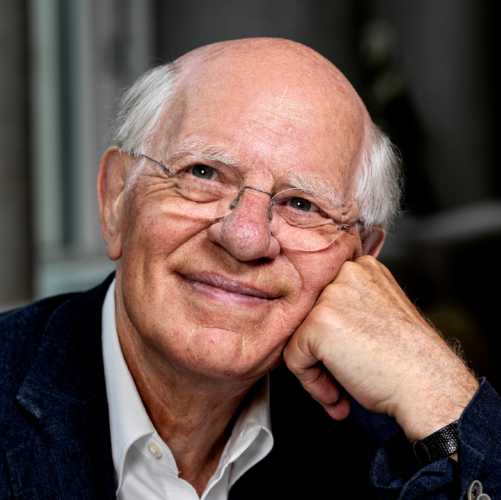
Levelt WJM. A history of psycholinguistics: The pre-Chomskyan era. 2013; Oxford University Press. [doi | pdf | amazon]

Speech and Hearing Neuroscience Laboratory
Society for the Neurobiology of Language
Dick AS, Tremblay P. Beyond the arcuate fasciculus: consensus and controversy in the connectional anatomy of language. Brain 2012; 135: 3529–50. [doi]
Dick AS, Bernal B, Tremblay P. The Language Connectome: New Pathways, New Concepts. Neuroscientist 2014; 20: 453–67. [doi]
Tremblay P, Dick AS. Broca and Wernicke are dead, or moving past the classic model of language neurobiology. Brain Lang 2016; 162: 60–71. [doi]
Dick AS, Garic D, Graziano P, Tremblay P. The frontal aslant tract (FAT) and its role in speech, language and executive function. Cortex 2019; 111: 148–63. [doi]
Tremblay P, Perron M, Deschamps I, Kennedy-Higgins D, Houde JC, Dick AS, Descoteaux M. The role of the arcuate and middle longitudinal fasciculi in speech perception in noise in adulthood. Hum Brain Mapp 2019; 40: 226-41. [doi]
Perron M, Theaud G, Descoteaux M, Tremblay P. The frontotemporal organization of the arcuate fasciculus and its relationship with speech perception in young and older amateur singers and non-singers. Hum Brain Mapp 2021; doi: 10.1002/hbm.25416. [doi]
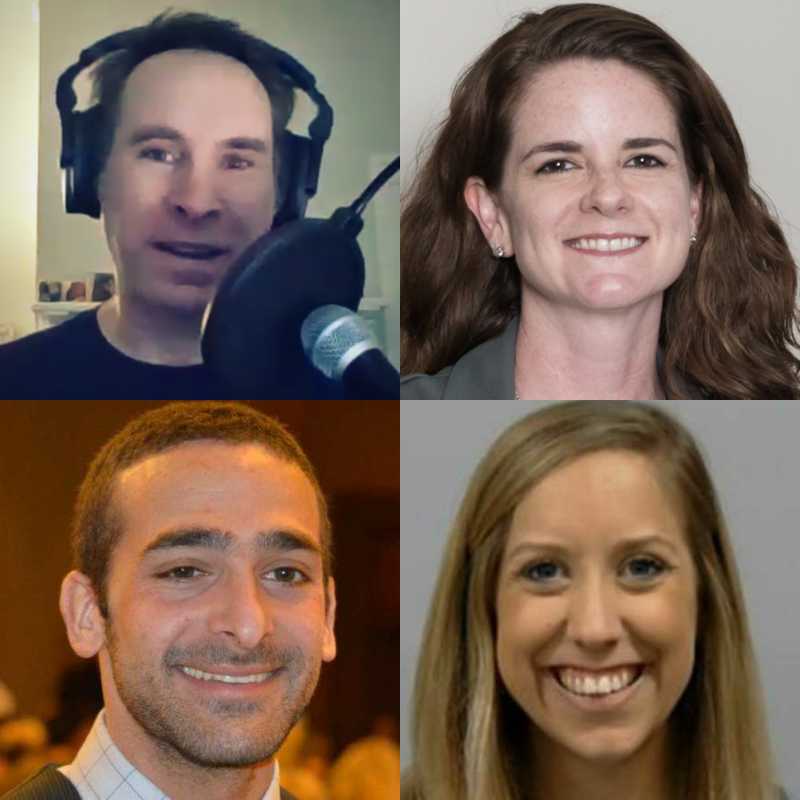
Clinical Aphasiology Conference 2021

Fridriksson J, Hubbard HI, Hudspeth SG, Holland AL, Bonilha L, Fromm D, Rorden C. Speech entrainment enables patients with Broca’s aphasia to produce fluent speech. Brain 2012; 135: 3815-29. [doi]
TEDx talk with speech entrainment example (spontaneous speech at 9:00; speech entrainment at 12:15)

Krishnan S, Asaridou SS, Cler GJ, Smith HJ, Willis HE, Healy MP, Thompson PA, Bishop DVM, Watkins KE. Functional organisation for verb generation in children with developmental language disorder. NeuroImage 2021; 226: 117599. [doi]
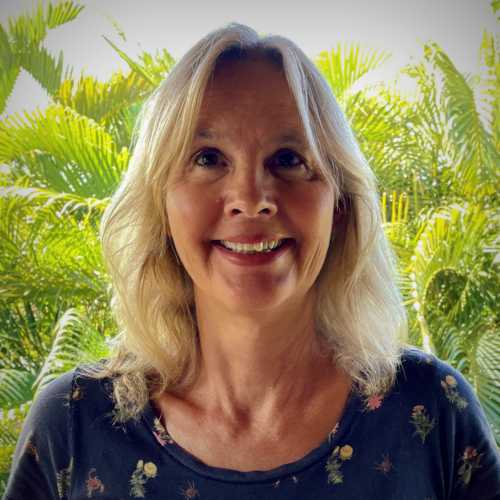
Emmorey K. Language, cognition, and the brain: Insights from sign language research. New York: Psychology Press; 2001. 408 p. [doi]
Emmorey K, Bosworth R, Kraljic T. Visual feedback and self-monitoring of sign language. J Mem Lang 2009; 61: 398-411. [doi]
Emmorey K, McCullough S, Mehta S, Ponto LLB, Grabowski TJ. The biology of linguistic expression impacts neural correlates for spatial language. J Cogn Neurosci 2013; 25: 517-33. [doi]
Emmorey K, McCullough S, Mehta S, Grabowski TJ. How sensory-motor systems impact the neural organization for language: direct contrasts between spoken and signed language. Front Psychol 2014; 5: 484. [doi]
Emmorey K, Mehta S, McCullough S, Grabowski TJ. The neural circuits recruited for the production of signs and fingerspelled words. Brain Lang 2016; 160: 30-41. [doi]
Newman AJ, Supalla T, Fernandez N, Newport EL, Bavelier D. Neural systems supporting linguistic structure, linguistic experience, and symbolic communication in sign language and gesture. Proc Natl Acad Sci USA 2015; 112: 11684-9. [doi]
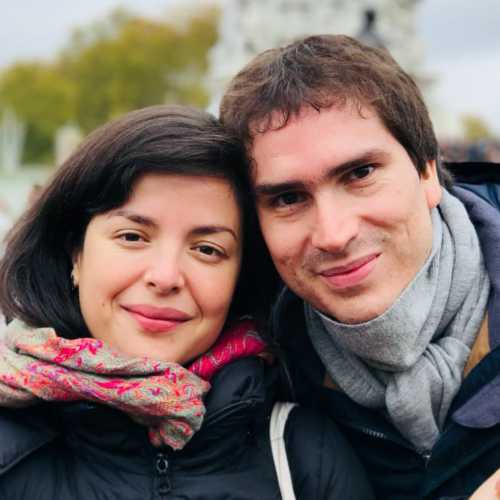
Gajardo-Vidal A, Lorca-Puls DL, Team P, Warner H, Pshdary B, Crinion JT, Leff AP, Hope TMH, Geva S, Seghier ML, Green DW, Bowman H, Price CJ. Damage to Broca’s area does not contribute to long-term speech production outcome after stroke. Brain 2021; doi: 10.1093/brain/awaa460. [doi]
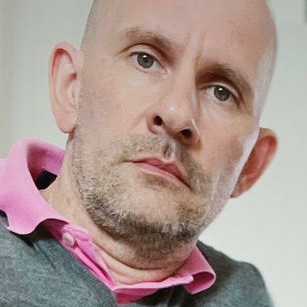
Obleser J, Kayser C. Neural entrainment and attentional selection in the listening brain. Trends Cogn Sci 2019; 23: 913-26. [doi]
Tune S, Alavash M, Fiedler L, Obleser J. The impact of neural attentional filters on listening behavior in a large cohort of aging individuals. bioRxiv 2020; 2020.05.20.105874. [doi]
Final version:
Tune S, Alavash M, Fiedler L, Obleser J. Neural attentional-filter mechanisms of listening success in middle-aged and older individuals. Nat Commun 2021: 12; 4533. [doi]

Chang EF, Merzenich MM. Environmental noise retards auditory cortical development. Science 2003; 300: 498-502. [doi]
Chang EF, Rieger JW, Johnson K, Berger MS, Barbaro NM, Knight RT. Categorical speech representation in human superior temporal gyrus. Nat Neurosci 2010; 13: 1428-33. [doi]
Mesgarani N, Cheung C, Johnson K, Chang EF. Phonetic feature encoding in human superior temporal gyrus. Science 2014; 343: 1006-10. [doi]
Li Y, Tang C, Lu J, Wu J, Chang EF. Human cortical encoding of pitch in tonal and non-tonal languages. Nat Commun 2021; 12: 1161. [doi]
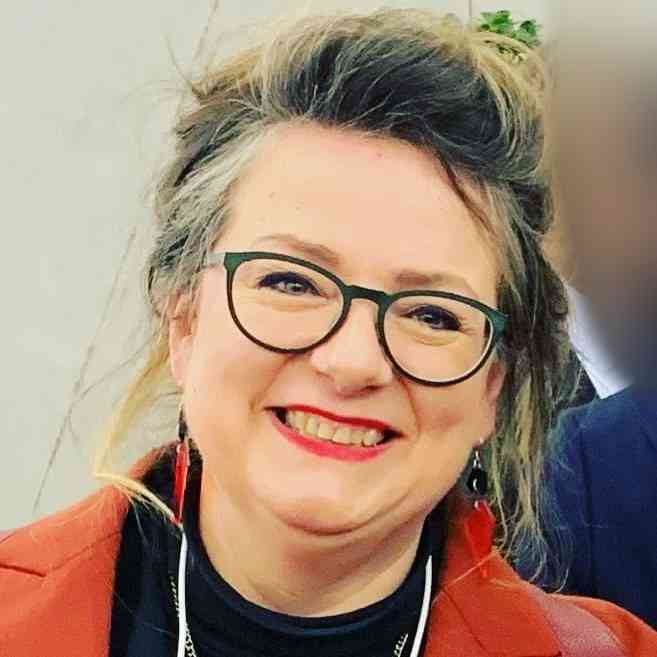
Sophie Scott’s academic web page
Scott SK, Blank CC, Rosen S, Wise RJ. Identification of a pathway for intelligible speech in the left temporal lobe. Brain 2000; 123: 2400-6. [doi]
Rauschecker JP, Scott SK. Maps and streams in the auditory cortex: nonhuman primates illuminate human speech processing. Nat Neurosci 2009; 12: 718-24. [doi]
Cai Q, Chen S, White SJ, Scott SK. Modulation of humor ratings of bad jokes by other people’s laughter. Curr Biol 2019; 29: R677-8. [doi]
Scott SK. From speech and talkers to the social world: The neural processing of human spoken language. Science 2019; 366: 58-62. [doi]
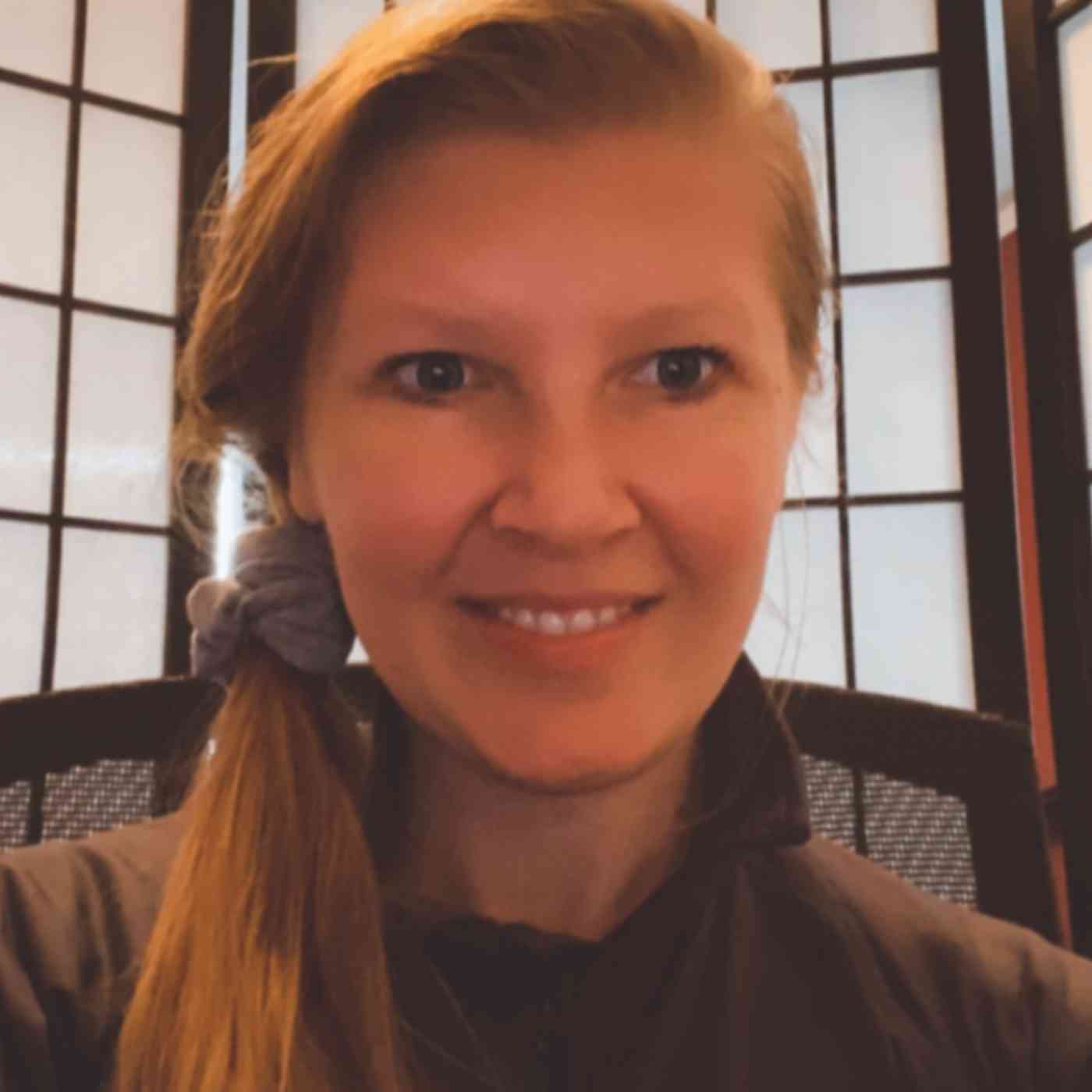
Fedorenko E, Hsieh P-J, Nieto-Castañon A, Whitfield-Gabrieli S, Kanwisher N. A new method for fMRI investigations of language: Defining ROIs functionally in individual subjects. J Neurophysiol 2010; 104: 1177-94. [doi]
Fedorenko E, Behr M, Kanwisher N. Functional specificity for high-level linguistic processing in the human brain. Proc Natl Acad Sci USA 2011; 108: 16428-33. [doi]
Fedorenko E, Duncan J, Kanwisher N. Language-selective and domain-general regions lie side by side within Broca’s area. Cur Biol 2012; 22: 2059-62. [doi]
Nieto-Castañon A, Fedorenko E. Subject-specific functional localizers increase sensitivity and functional resolution of multi-subject analyses. NeuroImage 2012; 63: 1646-69. [doi]
Fedorenko E, Duncan J, Kanwisher N. Broad domain-generality in focal regions of frontal and parietal cortex. Proc Natl Acad Sci USA 2013; 110: 16616-21. [doi]
Blank I, Kiran S, Fedorenko E. Can neuroimaging help aphasia researchers? Addressing generalizability, variability, and interpretability. Cogn Neuropsychol 2017; 34: 377-93. [doi]
Fedorenko E, Blank I, Siegelman M, Mineroff Z. Lack of selectivity for syntax relative to word meanings throughout the language network. Cognition 2020; 203: 104348. [doi]
Transcripts: Marcia Petyt (Episodes 13-); Latané Bullock (Episodes 2-12).
Music credits: Partita No. 1 in Bm, BWV 1002, by J. S. Bach, performed by John Garner, licensed under CC BY 3.0.
Art credit: Cover art is based on an 1899 drawing of a Purkinje cell by Santiago Ramón y Cajal.